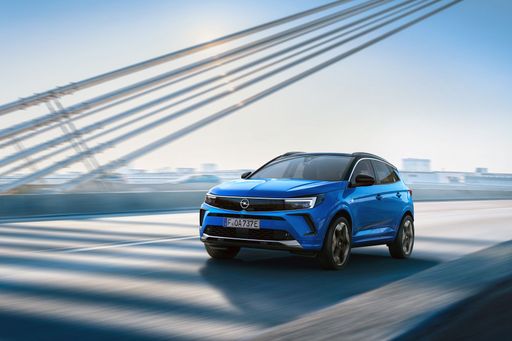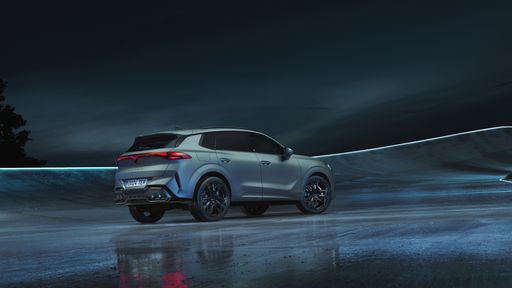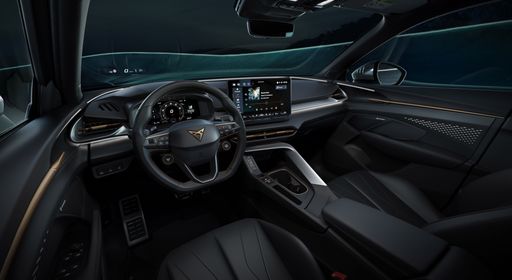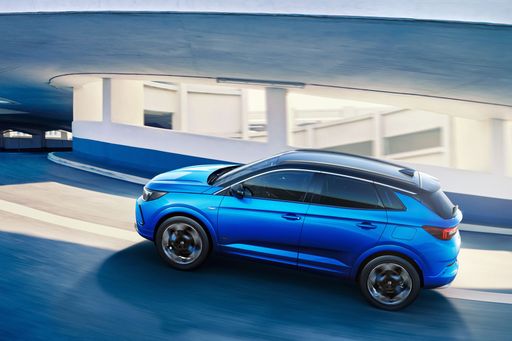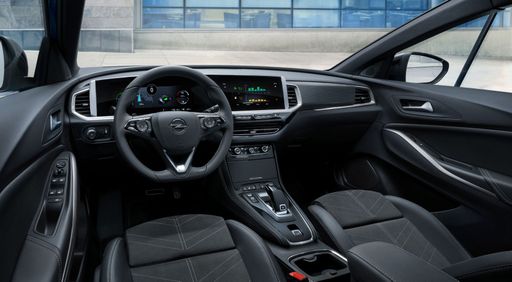A Head-to-Head Comparison: CUPRA Terramar vs. Opel Grandland
In the ever-evolving world of SUVs, the 2024 models of the CUPRA Terramar and the Opel Grandland present two compelling choices for consumers seeking performance, practicality, and cutting-edge technology. With advances in engine efficiency, a suite of features, and striking designs, both vehicles have much to offer. But how do they stack up against each other? Let’s delve into the technical aspects and innovations of these two remarkable SUVs.

